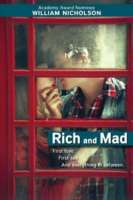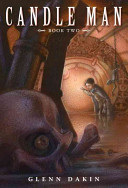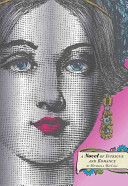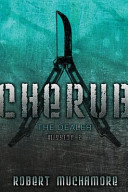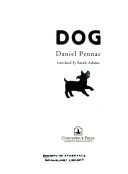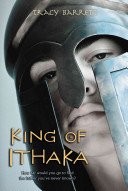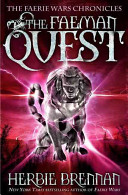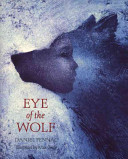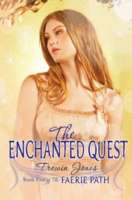
Far from the Realm of Faerie, a quest to save immortality . . . A deadly plague is sweeping through Faerie, and no one is immune to its bite. Now, with the guidance of the Dream Weaver, Tania, Rathina, and a mortal ally, Connor, must head off to find the Divine Harper—the only one who can help Tania renew the Faerie Covenant of Immortality. Their quest will soon take them outside the borders of Faerie, to hostile and unwelcoming lands beyond. On their travels, Tania and her companions encounter danger at every turn as they battle pirates, contend with mysterious and mystical beings, and try to outwit those under the sinister grip of the Dark Arts. But when Tania’s beloved Edric appears, it looks as if they have help at last. Or do they? As tensions and dangers rise, Tania is forced to question everything and everyone around her in order to decide if she is prepared to make the ultimate sacrifice to save her loved ones.

